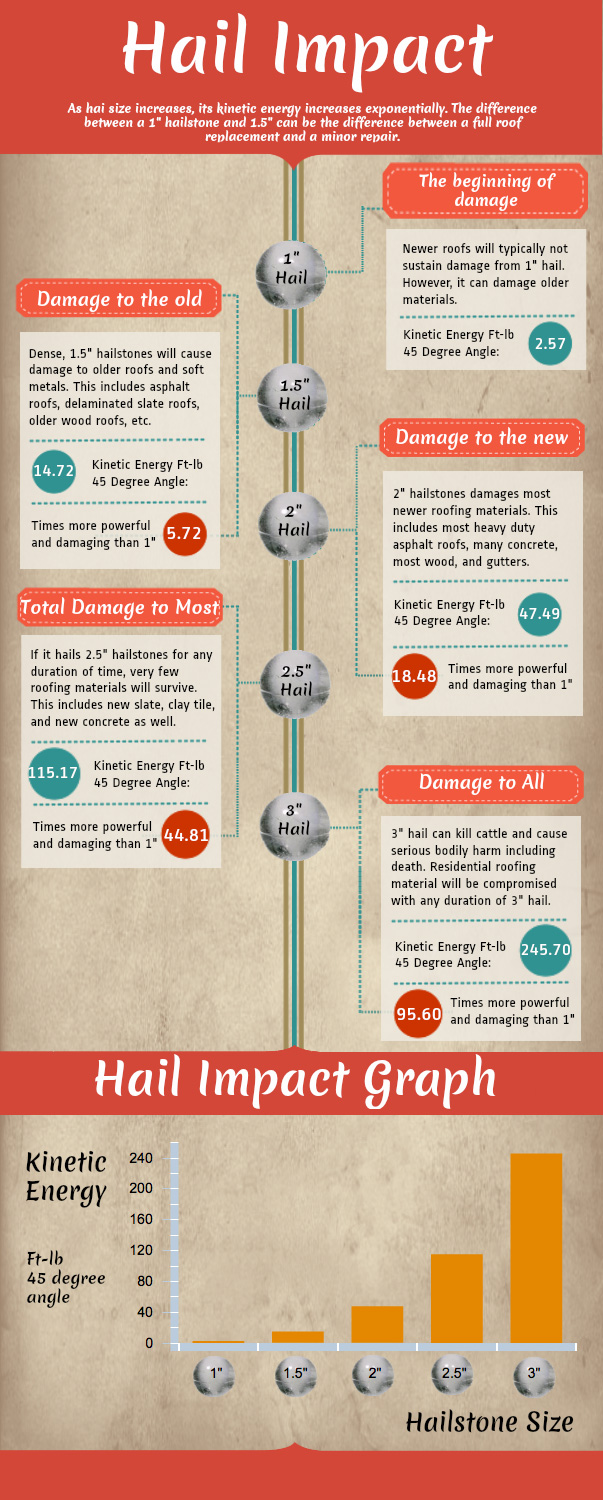Just How Weather Impacts Your Roofing: A Beginner'S Guide
Just How Weather Impacts Your Roofing: A Beginner'S Guide
Blog Article
Short Article Composed By-Monaghan Lohmann
When it concerns your roofing system, the climate plays an important duty in its overall health and life-span. You may not understand exactly how rain can result in leakages or just how heavy snow can worry the framework. Even the sun's ruthless rays can deteriorate your roof covering products with time. It is essential to understand these impacts, however what can you do to shield your roofing system from the components? Checking out maintenance techniques and material choices could be key to guaranteeing your roofing system stands strong against whatever Nature throws its way.
Effects of Rain on Roof
Rain can be a quiet opponent to your roofing, causing both instant and lasting damage. When water leaks right into fractures or gaps, it can cause leaks, which might not show up right now. You could observe a discolor on your ceiling, but already, the wetness could have already endangered your roofing structure.
Gradually, constant exposure to rain can compromise roofing products. Shingles might warp, curl, and even degenerate, leaving your home at risk to additional water intrusion. Mold and mold prosper in damp conditions, which can compromise your interior air high quality and result in health and wellness issues.
Standing water on your roof covering can also cause major troubles. It adds unnecessary weight, raising the threat of structural failing. And also, it can accelerate the wear and tear of your roof products, making replacements more regular and pricey.
To safeguard your roofing system, ensure your gutters are tidy and operating correctly to divert rainwater away. Regular examinations can help you capture possible issues before they rise.
Taking these steps now can conserve you money and time in the future, keeping your home safe and dry.
Influence of Snow and Ice
When winter season arrives, snow and ice can present substantial hazards to your roofing, similar to rain. Collected snow can be fairly hefty, and if it doesn't slide off, it can create a hazardous tons that your roof mightn't have the ability to support. This pressure can cause sagging, leaks, or perhaps architectural failing.
Ice can also cause problems, specifically with ice dams. When https://thebestroofingcompany50494.bloggactif.com/35240445/check-out-the-significant-distinctions-in-between-metal-and-tile-roof-covering-to-learn-which-option-is-perfect-for-your-details-requirements-and-financial-considerations on your roofing thaws, it can stream down and refreeze at the eaves, developing a dam that stops appropriate water drainage. Water after that backs up under tiles, resulting in leakages and water damage inside your home.
To shield your roof, it's necessary to maintain gutters free from particles, allowing for proper water drainage. Frequently examining your roofing system for indications of wear and damages can help catch problems early.
If you observe a substantial amount of snow, think about working with a specialist to remove it safely. Keep in mind, it's much better to be proactive about snow and ice than to deal with pricey repair services later on. Taking these actions can assist guarantee your roofing system holds up against the winter months without major concerns.
Sunshine and Temperature Level Difficulties
While you may appreciate bright days, extended exposure to sunlight and extreme temperature levels can be destructive to your roofing system. UV rays can break down roof products gradually, causing warping, breaking, or fading. If your roofing system's tiles are made from asphalt, they might come to be brittle under intense heat, making them much more susceptible to damage.
Furthermore, high temperatures can raise the danger of thermal growth. As materials broaden during the warmth of the day and agreement in the evening, this consistent cycle can create stress and anxiety on your roofing, possibly triggering leaks or other structural concerns.
You might additionally notice raised energy expenses as your cooling system functions harder to fight heat accumulation in your attic room.
It's essential to choose roof covering materials that can withstand your neighborhood climate's temperature level variations. Light-colored or reflective roofing can help reduce warmth absorption, while proper air flow in your attic room can keep a well balanced temperature level.
Regular inspections and upkeep can additionally catch troubles early, ensuring your roofing system remains in optimal condition. By staying proactive, you'll protect your financial investment and extend your roofing's life-span despite the challenges presented by sunshine and temperature level extremes.
Conclusion
To conclude, recognizing how weather impacts your roof is important for maintaining its stability and durability. Rainfall can cause leakages, snow and ice can produce hefty loads, and extended sun exposure can cause products to break down. By remaining aggressive with regular maintenance and picking the appropriate materials, you can secure your roofing system from the elements. Remember, a well-kept roof not only enhances your home's worth however also maintains you secure and comfy for many years to come.
